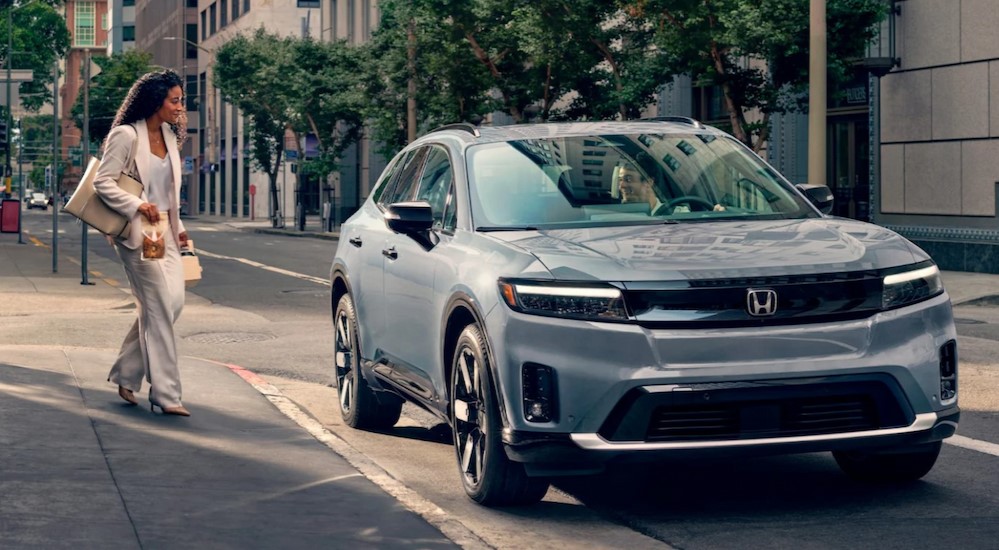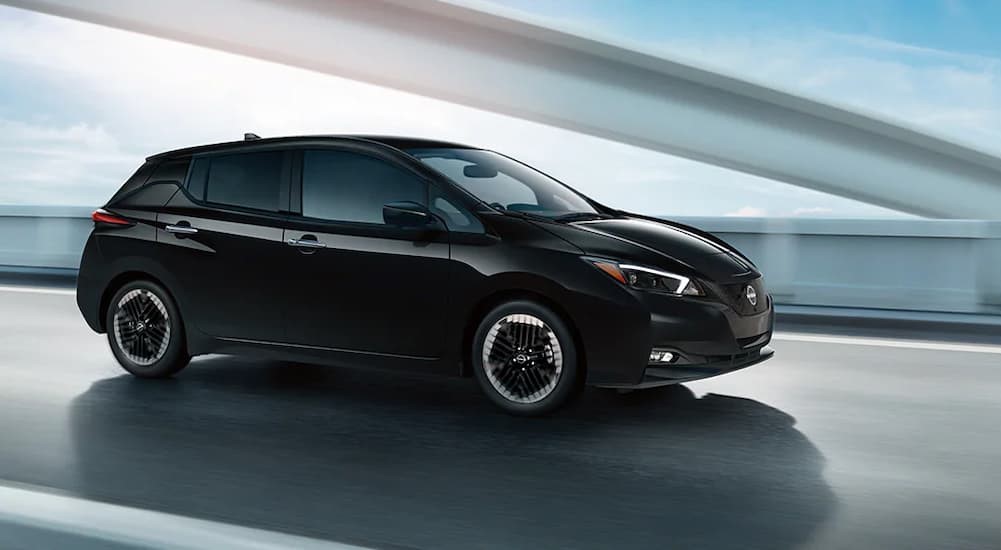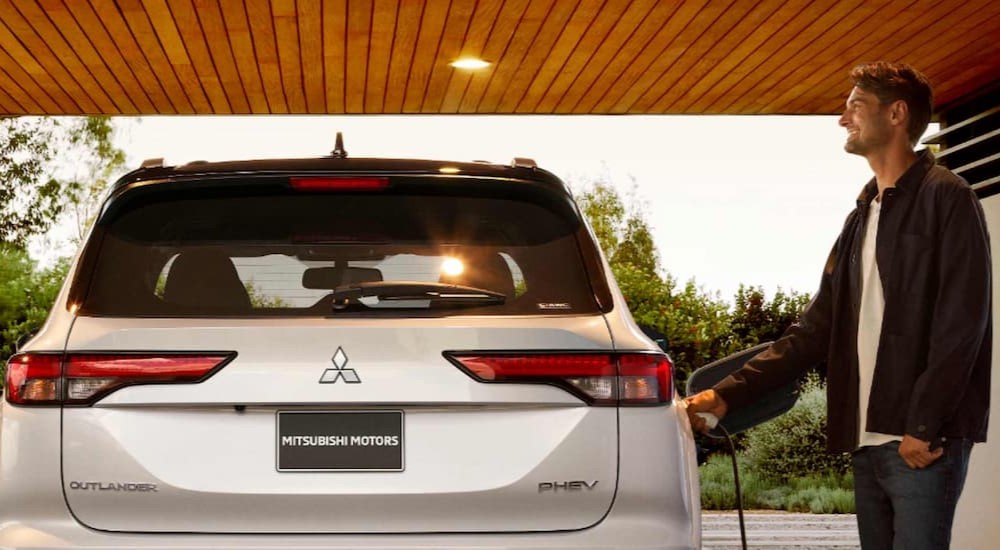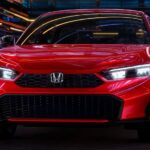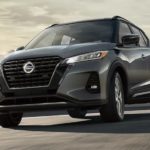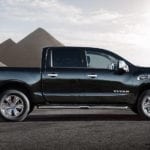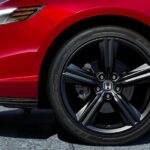Honda, Nissan, and Mitsubishi rocked the auto world in late July when they announced a new strategic partnership aimed at advancing the development of some exciting new technology. The three brands are all established names in the market but have recently fallen behind in one key area: EVs. With all-electric vehicles making steady gains among consumers, Honda, Nissan, and Mitsubishi don’t want to miss out on the lucrative new market; their partnership will allow them to pool resources to develop new EV batteries, components, charging services, product review systems, and, most importantly, software.
Today’s vehicles are smarter than ever, but all the advanced hardware in the world doesn’t amount to much if it’s being powered by substandard code. The Honda, Nissan, and Mitsubishi alliance will focus on developing in-vehicle software that can enable automated driving, advanced connectivity, and the expanded use of artificial intelligence. If all goes to plan, the partnership could bear fruit in as little as one year, with new, cutting-edge models rolling off the production lines.
The sort of alliance being pursued by Honda, Nissan, and Mitsubishi is distinct from a merger or acquisition, though all three are fairly common in the auto industry. General Motors owns four distinct brands—Chevrolet, Cadillac, Buick, and GMC—while Stellantis boasts Fiat, Peugeot-Citroen, Jeep, Ram, Opel-Vauxhall, and Alfa Romeo. The most relevant precedent for the new Honda/Nissan/Mitsubishi union also involves the latter two brands, which teamed up with Renault in the late ’90s to create the Renault-Nissan-Mitsubishi Alliance. That particular partnership is currently at something of a low point (more on that later), but it doesn’t provide a helpful precedent for the new Honda-led alliance.
Read on as I delve into the factors that led the three brands to join forces in creating new EV technology, examine the impact it could have on the global auto market, and see what the new partnership means for the dated Renault-Nissan-Mitsubishi Alliance.
What’s Spurring the Move?
Before we get into the ripple effect that the Honda/Nissan/Mitsubishi alliance could have on the industry as a whole, let’s take a quick moment to review how we got here. Honda is fresh off a failed partnership with GM that would have seen the two brands combine forces to boost their EV portfolios. The joint effort ended after just 18 months and a lone model in the Honda Prologue, a midsize SUV built on GM’s Ultium electric architecture.
Honda also has a pronounced China problem. The country’s fast-growing domestic market has been hard on many brands, but Honda has been especially hard hit, with a 40% drop in sales in the second quarter of 2024. This has led Honda to cut production of its gas-powered vehicles by 19% and shutter some factories in the fast-growing market, contributing to a rough two years for the brand.
The Japanese government has stepped in to support the new alliance in an effort to increase the country’s presence in the software-defined vehicle market to 30% by 2030. While Japan is home to some of the world’s most popular auto brands, few can afford to develop next-gen EV tech all on their own, according to James Hong, analyst at Macquarie Securities Korea. “This is coordinated by the government to build a competitive automaking industry. It feels like a politically driven alliance.”
Nissan’s budget-friendly approach has historically won it a lot of success in the US market, but the automaker’s sales have fallen off a cliff as of late. The last fiscal quarter was an especially rough period for the Japanese brand, with Nissan sales dropping by 99%. The company has been flailing in its two biggest markets, with sales in the US and China reaching a worrying low point.
Nissan is looking toward electrification to keep it competitive in a rapidly changing market, with an announced goal of shifting 16 of its 30 models to an all-electric platform by 2026. The development of solid-state batteries will also be key to Nissan’s future success, but the tricky technology is not cheap or easy to develop. By teaming up with Honda, Nissan should be able to defray some of the R&D costs, and there’s even been some talk of the two brands rebadging each other’s vehicles as part of the alliance.
Mitsubishi’s US sales have been relatively steady over the last decade, but it’s still somewhat of a niche brand in the market. The outlook has been a little worse in China, where, after a three-year decline that saw the company’s market share slide by 106%, Mitsubishi decided to pull the plug and fully withdraw from the market. The domestic Chinese market is going gangbusters, especially the EV segment, making it hard for smaller brands like Mitsubishi to compete. The new alliance should help the company weather the storm, but it really doesn’t have much to offer on its own. With Nissan owning such a substantial part of the Mitsubishi brand, the smaller automaker basically just comes as part of a package deal.
What Does This Mean for the Future of the Auto Industry?
The trend toward such alliances, partnerships, and mergers isn’t exclusive to the auto industry. Mergers are on the rise across the corporate world. According to S&P Global, 91 of the US market’s 157 primary industries are dominated by just five companies that account for at least 80% of total revenue. That represents a substantial increase when compared to just two decades ago when 71 of the 157 industries could make such a claim. If those numbers are a little hard to wrap your head around, try this one: according to an article in the Washington State Standard, if mergers continue at their current, near-exponential pace, the US would be left with a single company by 2070.
A little regulation could go a long way toward preventing that sort of corporate hegemony, and while the Biden Administration has proposed a new set of federal merger guidelines that could help to slow the pace of this consolidation, Congress doesn’t have a strong track record when it comes to resisting the charms of the lobbying set. The new Honda/Nissan/Mitsubishi alliance might not be a merger, per se—and none of the three are US-based companies—but it’s hard not to see the unprecedented partnership as part of a larger trend.
Such alliances can offer some concrete benefits for the consumer. By working together to create a new generation of artificial intelligence-powered vehicle software, batteries, electric motors, and more, Honda, Nissan, and Mitsubishi could help push the industry toward a greener future. Nissan has already shown that it’s adept at producing a budget-friendly EV in the form of the LEAF, which is just the sort of affordable all-electric automobile the industry needs if it hopes to leave fossil fuels behind once and for all. Honda is a little behind the curve with its single EV, the Prologue, but the company’s rock-solid reputation for reliability could inspire a larger swathe of drivers to embrace the all-electric lifestyle.
Mitsubishi has been a relatively minor presence on the US market as of late but combines Nissan’s affordability with Honda’s reliability—plus a generous 10-year warranty—to deliver a well-rounded lineup that is well-primed for a little electrification. This alliance is far from a full-fledged merger, so for the time being, we can probably give the three brands the benefit of the doubt and assume that a rising tide of EV tech will lift all boats—or, in this case, cars, trucks, and SUVs.
Sharing R&D costs and pooling purchasing power should also allow Honda, Nissan, and Mitsubishi to pass the savings onto the consumer in the form of lower prices and better vehicles. This approach has worked for other automotive alliances and industries, but it requires consumers to place a certain amount of trust in the industry itself. The Honda/Nissan/Mitsubishi partnership could usher in a new generation of ultra-efficient vehicles that play a part in addressing climate change, but it could just as well result in higher prices and keep ambitious, forward-thinking startups from entering the industry.
I don’t mean to sound cynical, and I genuinely hope that Honda, Nissan, and Mitsubishi will use the new alliance as a way to improve EV tech as a whole, but it’s always a little difficult to place your trust in a set of publicly traded companies that, at the end of the day, are beholden to their stockholders above all else.
Is Renault the Odd Man Out?
So, how does the emerging Honda/Nissan/Mitsubishi affect the longstanding Renault-Nissan-Mitsubishi Alliance? Back in 1999, Renault effectively saved Nissan’s hide with some much-needed investment at a time when the auto industry was experiencing rapid consolidation.
Renault eventually purchased 43% of Nissan, and Alliance worked a treat for a good decade and a half, allowing the two brands to play off each other’s strengths, share R&D costs, develop new manufacturing facilities in emerging markets, and increase their joint purchasing power. Nissan bought up a 34% stake in Mitsubishi in 2016, and by 2017, one in nine vehicles sold around the world was produced by an Alliance company.
Success aside, the relationship between the French and Japanese brands has been a little fraught as of late, largely due to the 2018 arrest of Alliance chairman and CEO Carlos Ghosn. Ghosn was placed under house arrest on charges of false accounting, dismissed from his post, and later fled Japan in a cargo box. The former auto executive is currently living as a fugitive in Lebanon, where he is wanted by both French and Japanese authorities.
The Ghosn incident—and the challenges presented by the post-Covid economy—have led Renault, Nissan, and Mitsubishi to reexamine their association and make some important changes. The three automakers have begun to equalize their cross-shareholdings, ended some of their joint purchasing agreements, and gained a little more autonomy and agility to deal with the difficulties of the modern market.
Nissan and Mitsubishi’s decision to team up with Honda on new software development, batteries, and EV components certainly seems to signal that the Renault-Nissan-Mitsubishi Alliance’s best days might be behind it. While EV sales have slowed as of late, all-electric vehicles are an undeniable part of the world’s automotive future.
Bringing Honda into the mix suggests that Nissan and Mitsubishi aren’t opposed to mutually beneficial partnerships in general but don’t value Renault’s involvement quite as much as they once did. Nissan will also probably have a little more agency under the new alliance. While Renault’s size allowed it to throw its weight around and call the shots, the partnership between Honda, Nissan, and Mitsubishi should prove a little more equitable. We’ll see if this more democratic approach will be a net positive or negative for Honda, Nissan, and Mitsubishi, but as long as no one’s CEO ends up going on the lam, it’ll at least be a little less messy.
Honda, Nissan, and Mitsubishi aren’t the only brands looking to a team-based approach to help combat some of the challenges of the modern auto market. Japanese powerhouse Toyota, which controls almost 11% of the global car market as of 2023, recently acquired a stake in Mazda, Subaru, and Suzuki, though it differs from the Honda/Nissan/Mitsubishi partnership in some important ways.
While Honda, Nissan, and Mitsubishi are looking toward an electrified future, Toyota, Mazda, and Subaru are focused on producing the next generation of internal combustion engines. All three brands currently offer all-electric and hybrid models, but they’re not ready to leave gas-powered engines behind just yet. That said, we’re not talking about your garden-variety V8; Toyota, Mazda, and Subaru hope to produce a new, ultra-efficient gas engine that can reduce emissions by leveraging new technology and emerging carbon-neutral fuels such as liquid hydrogen, biofuels, and synthetic fuels.
What Should We Call It? HoNiMi? Honissashi?
Building the next generation of all-electric vehicles isn’t easy or cheap. The new Honda/Nissan/Mitsubishi partnership should help the three brands share the burden and stave off competition from increasingly popular Chinese brands, or at least help to slow the steady sales decline that’s hit the Japanese trio. Each company brings its own strengths to the table, whether it be affordability, reliability, or warranty coverage, and the support of the Japanese government should help buy the brands a little time to work out the kinks.
An outright failure would probably only be a temporary setback for Honda and Nissan, though Mitsubishi faces a little more risk given its relatively small market share. If successful, the Honda/Nissan/Mitsubishi union could make these automakers into a force to be reckoned with in the EV segment, especially if they manage to crack the code on solid-state batteries, autonomous driving tech, and other cutting-edge features.
